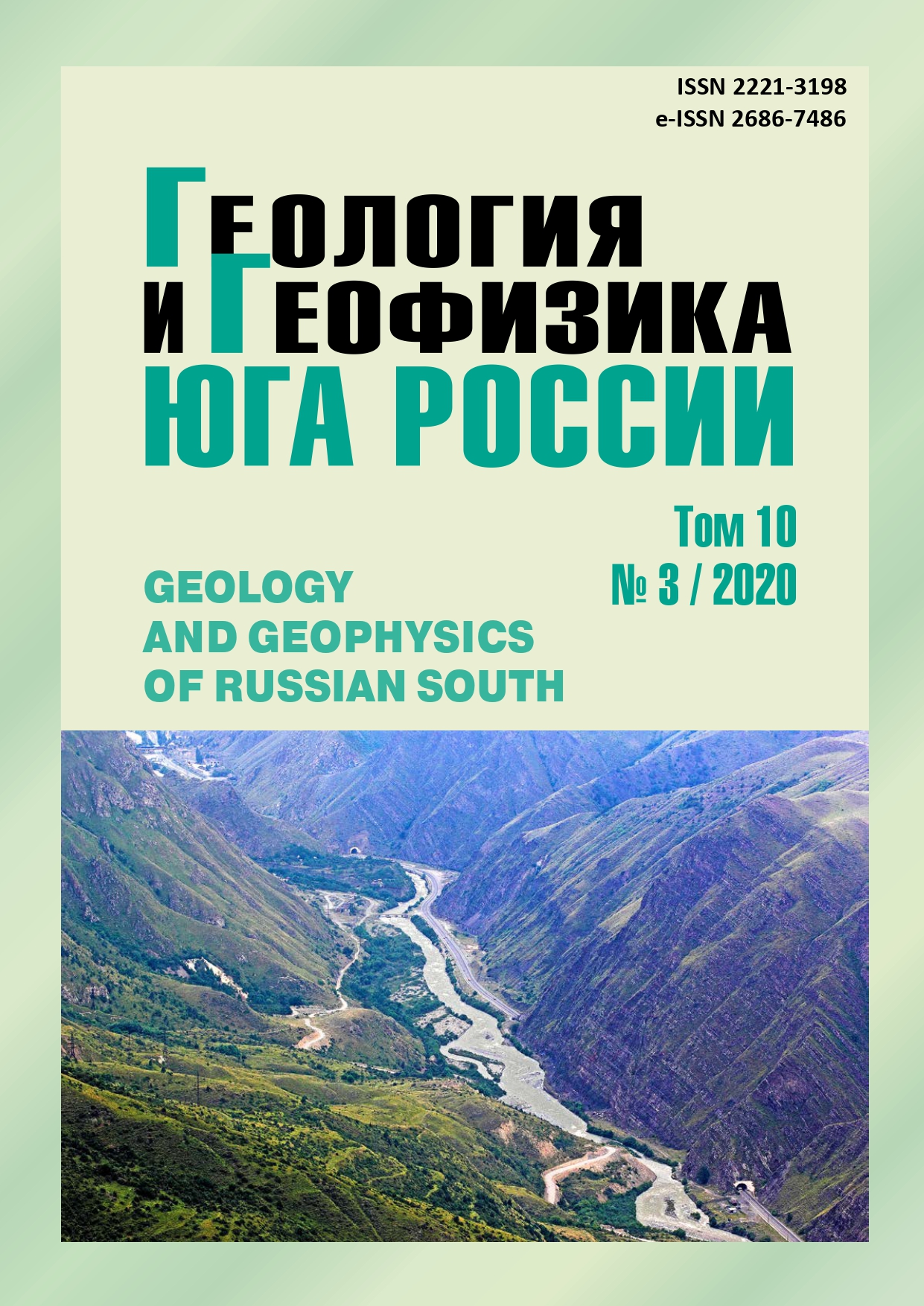К вопросу сейсмического риска территории г. Владикавказ
Резюме
Relevance. The last decades in Russia have been characterized by high growth rates of population, industry, infrastructure in large cities and industrial centers located in seismically active regions. The construction did not always take into account the characteristics of local soils and the level of seismic hazard. The study of the consequences of strong and destructive earthquakes created the conditions for new scientific developments in engineering seismology and earthquake-engineering. Seismic zoning of urbanized territories makes it possible to assess the seismic risk of the territory, take measures to strengthen existing buildings and carry out the construction of buildings and structures with a given seismic resistance. This problem is especially relevant for the regions of the Caucasus. The Republic of North Ossetia-Alania is located in a fairly high seismically active zone. It seems natural to assess the seismic risk in the capital of the republic – the city of Vladikavkaz. Aim. The aim of the work is to develop and implement modern methodology for the expected seismic risk assessment of a city on the example of Vladikavkaz city. Methods. The methods associated with the assessment (probabilistic or deterministic) of ground motion include consideration a number of processes: earthquake source, disaggregation of probabilistic hazard, empirical relationships of seismic attenuation, site effects, and construction mechanics. All of this demands regularization of Construction Norms parameters with different methodologies and corresponding methodology development based on GIS technology. Results. Previous test area assessment results are presented and tips for improvement and regularization are given. Consideration of specific types of soils and types of building stock with estimated intensities and vulnerabilities of building types caused a different level of expected economic losses.


